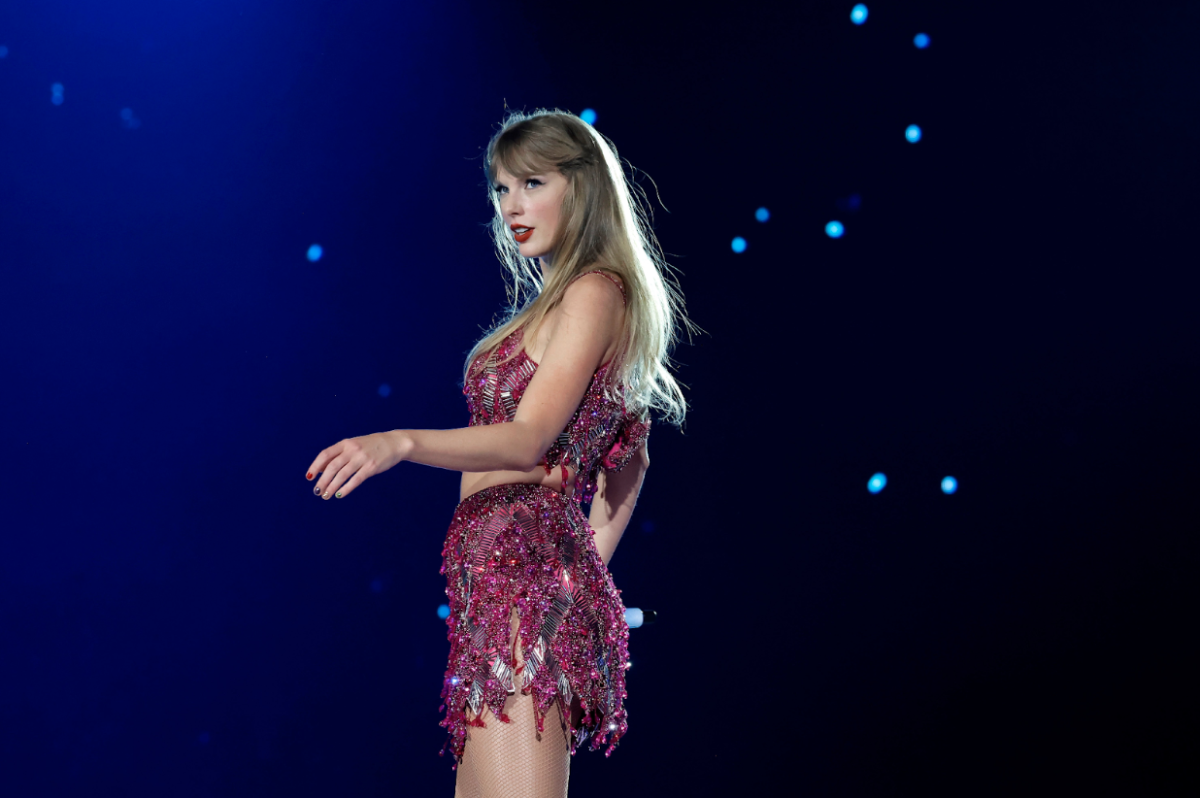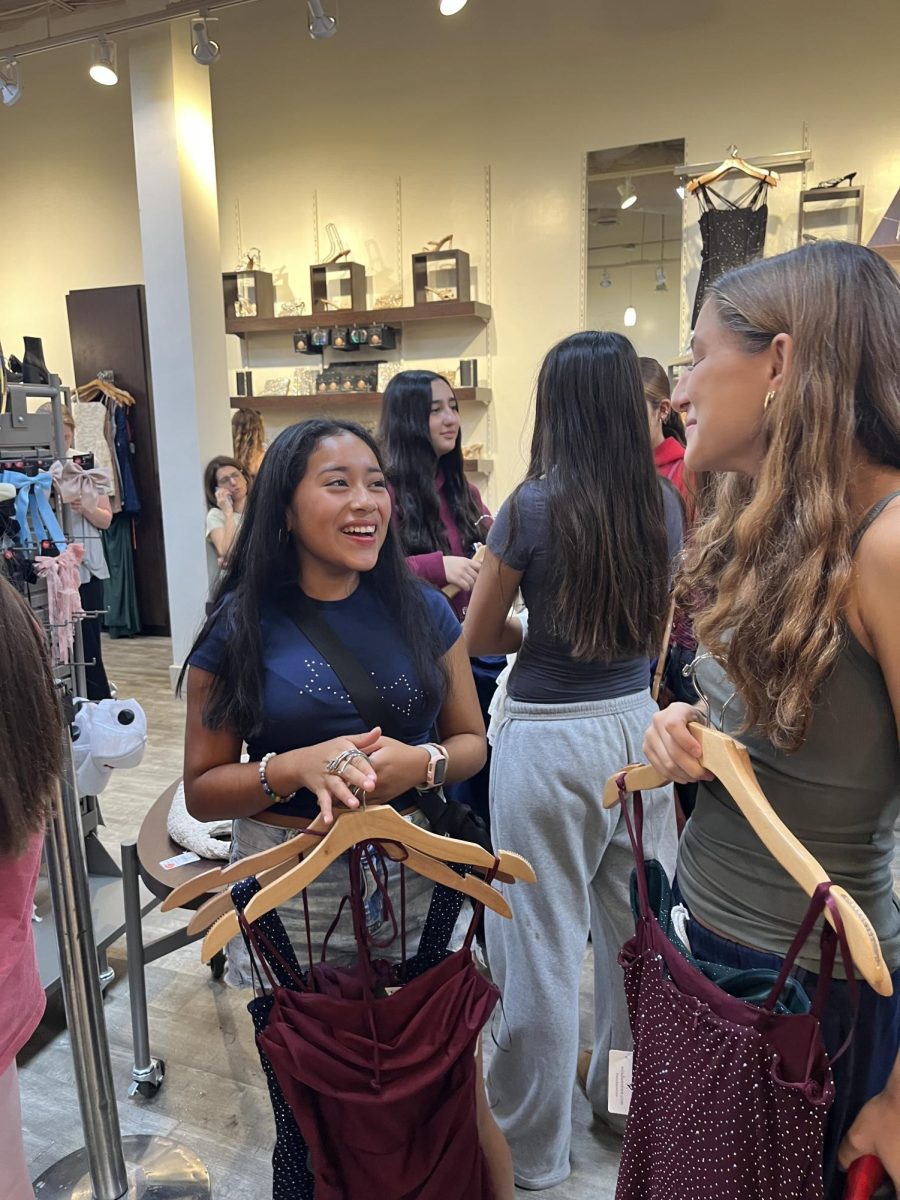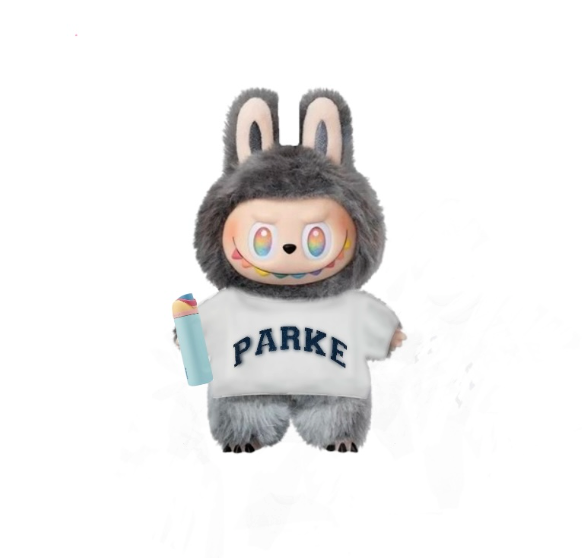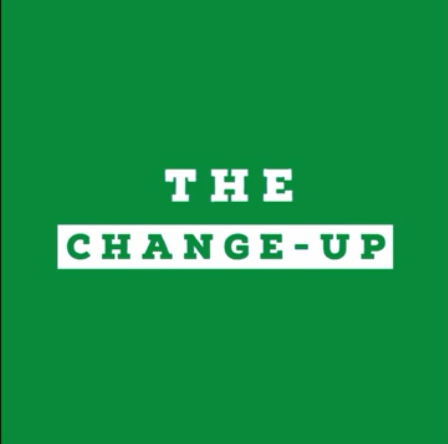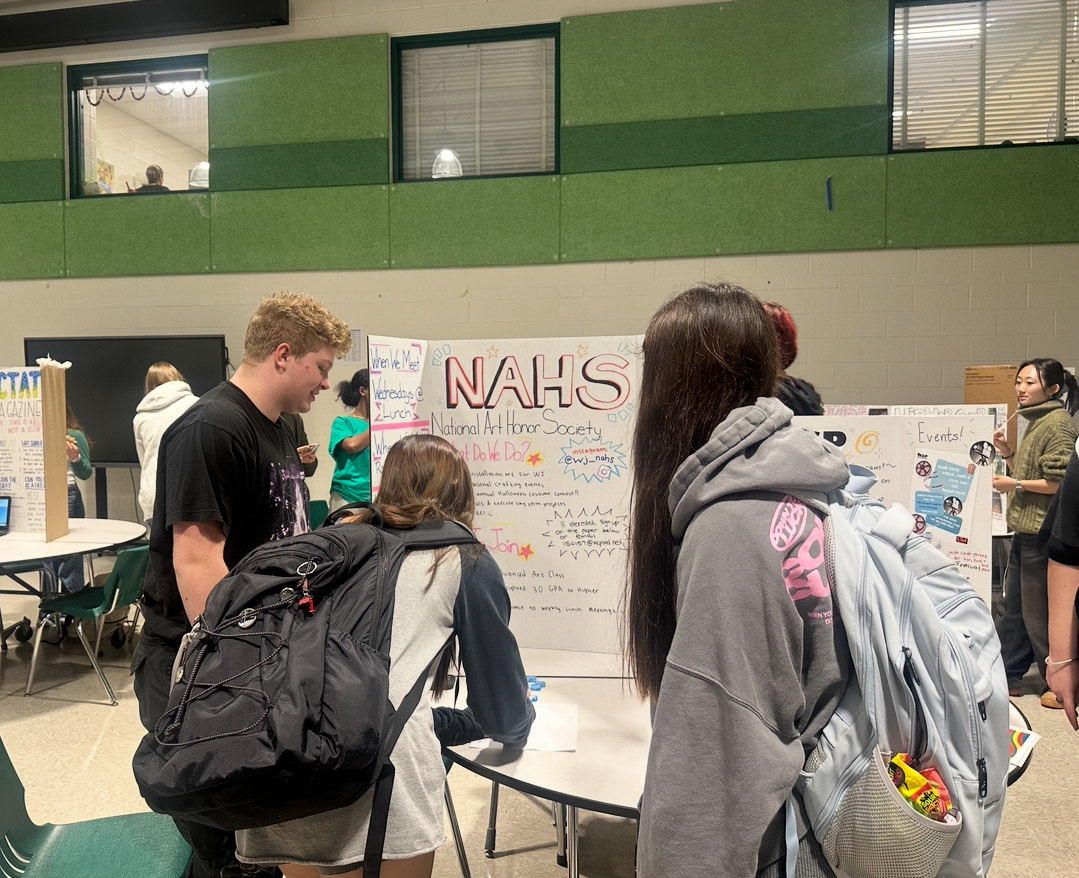Each year, the Metropolitan Museum of Art hosts a fundraising event known as the Met Gala. Fashion designers from around the world create extravagant looks for high-profile celebrities to wear when they walk the red carpet. For years, Vogue magazine has labeled this event as “fashion’s biggest night out.”
The first Met Gala took place in 1948 after the idea was pitched by public relations guru Eleanor Lambert. The event has grown in significance over the years: some of the biggest celebrities have walked the red carpet, including Princess Diana, Chadwick Boseman and Beyoncé!
However, this year’s Met Gala “looked” a bit different and sparked controversy. While the event has traditionally catered to the more traditional Hollywood celebrity, a wide variety of social media influencers were present this year. Which raises the question: should influencers be invited to the Met Gala?
Influencers are generally defined as individuals or groups who have found fame and recognition through channels such as the Internet or social media. Contrastingly, celebrities of the past (and many other modern celebrities) have generally made their mark through the theatrical, musical and sports industries.
Some believe that the sudden rise of influencers has blurred the lines between these types of stars and has discredited traditional celebrities. For example, Amanda Gorman attended the Met Gala this year; however, so did Addison Rae. Gorman is a 23-year-old poet whose work primarily focuses on issues of oppression and race, and who is most famous for her speech at the 2020 presidential inauguration. On the other hand, Rae rose to fame by participating in TikTok dance trends.
The Met Gala has generally been reserved for more sophisticated celebrities like Gorman. The fact that Rae is considered to be in the same league as Gorman (and other high-profile names who attended the event this year) is disappointing to many. Furthermore, there are a limited number of tickets distributed to the gala, and that number was even smaller this year due to the pandemic. Influencers with large followings on social media don’t need the exposure that the event brings as much as others—who may not use social media as their primary source of recognition—might. Influencers have greater flexibility; they aren’t constrained by general norms when communicating and promoting themselves via their social media accounts, since they post at their discretion. Meanwhile, some of the more traditional celebrities don’t enjoy this freedom in self-advertising: many tend to still rely on the press to promote and endorse their upcoming projects.
Finally, inviting influencers to the Met Gala ruins the overall prestige of the event. According to The Cut, a table at the Met Gala ranges from $200,000 to $300,000. Usually fashion designers will pay this amount and fill the table with celebrities. Otherwise, you need to pay the ticket price ($35,000, with a lengthy waitlist) or receive an invite. To get an invitation, though, you need to be approved by Anna Wintour (co-chair of the event). There’s even a “no phones” rule to keep the event elite. Due to all of these precautions, one would expect the Met Gala to be incredibly difficult to be admitted to, especially since it’s such an esteemed event. However, the presence of influencers demonstrates that you can obtain an invite just by having a following on social media, thereby dampening the gala’s prestige. Don’t get me wrong, I love watching social media influencers as much as the next teenager. But seeing them at such a high profile event is, for lack of a better word, strange.
Unfortunately, the number of influencers at the Met Gala will likely continue to increase as this type of entertainment becomes increasingly prominent within our society. As these aspects of society change, the event will adapt with it, challenging the more traditional expectations set in years past.



